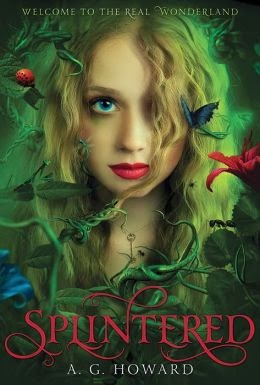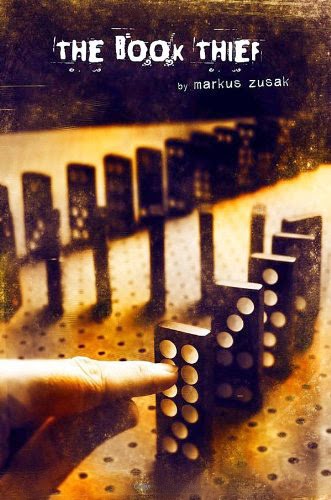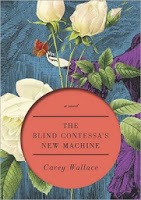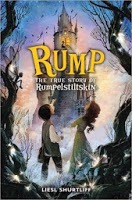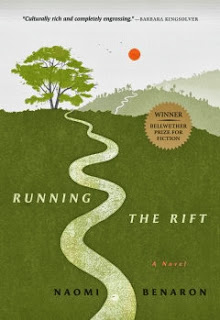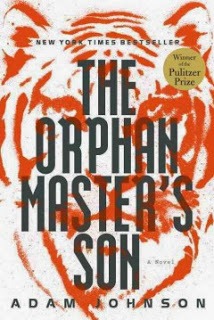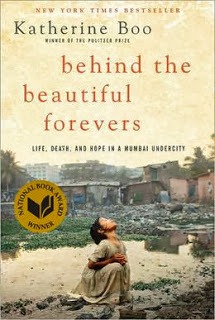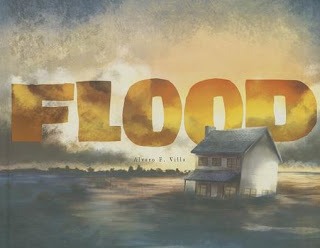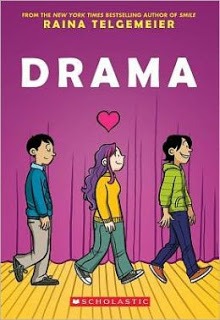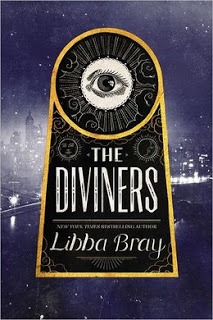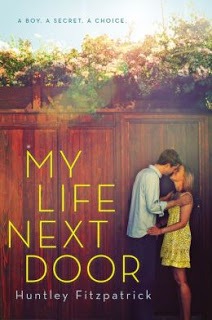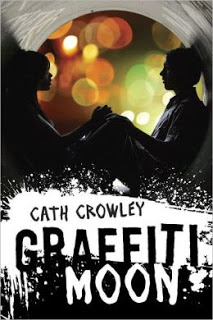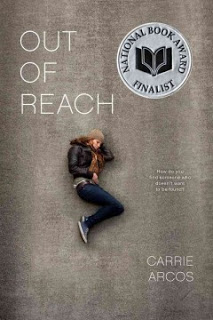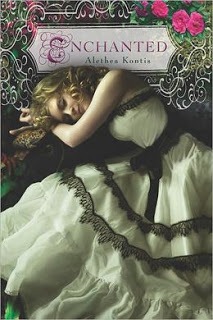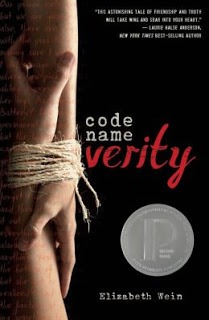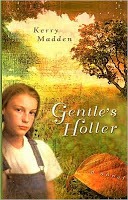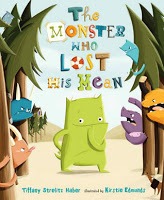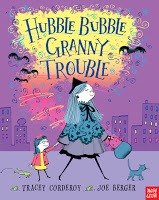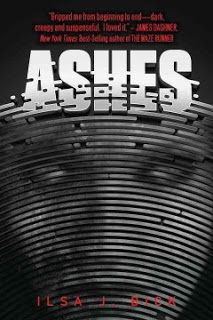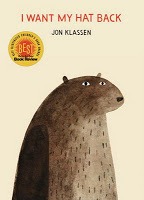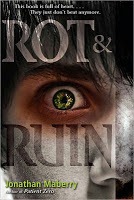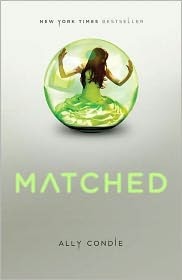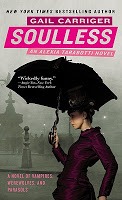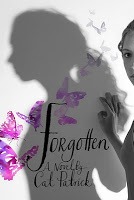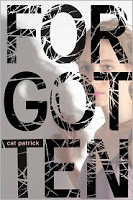Rating: 3.5/5 Stars
Genre: Fantasy
Audience: Teen/Young Adult
Series: Splintered #1
Summary:
Alyssa grew up knowing that she is a descendant of Alice Liddell—the girl who inspired Lewis Carroll’s classic—and that the women in her family all eventually go crazy. Case in point: Alyssa’s mother is in a mental ward, and her grandmother killed herself by jumping out a window in a misguided attempt to fly. She’s the target of jokes at school and secretly terrified she will end up just like her mom; given her strange dreams and those pesky voices she hears, it’s no wonder. After all, teenage girls aren’t supposed to hear the constant, dire whisperings of plants and insects. At sixteen, Alyssa’s not ready to end up in a padded cell of her own, so she keeps the voices to herself and chooses to ignore them.
Then everything Alyssa ever believed about herself and her family is flipped upside down. Turns out, Alice’s adventures were (more or less) true. And now, because of the havoc Alice caused in Wonderland over a century ago, Alyssa’s family is cursed. At least, that is what she is told by Morpheus, a darkly seductive, otherworldly boy who seems eerily familiar. Prodded by the mysterious boy, Alyssa finds her way to Wonderland, where she must navigate a world far more dangerous than Carroll’s tale let on and undo the damage Alice left in her wake. Jeb, Alyssa’s childhood friend and secret crush, also comes along for the ride.
First Lines:
“I’ve been collecting bugs since I was ten; it’s the only way I can stop their whispers. Sticking a pin through the gut of an insect shuts it up pretty quick.”
Tracy’s Thoughts:
First, I want to say that the covers for this series are gorgeous and perfectly suited to the stories. Bold and vibrant with a creepy edge, they reflect the cinematic, almost Tim Burtonesque quality that makes Howard’s Splintered novels so appealing. Here, Wonderland and its characters are familiar and yet darker, topsy-turvy in a completely new way. The reimagining of the Caterpillar, in particular, was a stroke of brilliance. Also, the faerie-like characters seem so naturally suited to Wonderland it is easy to forget they were not a part of Carroll’s original story. Howard’s Wonderland has a twisted, more mature vibe, but the surreal whimsy of the original tale remains in full effect. There is a gleeful madness here, but always the reader is aware that the madness could turn deadly.
As is expected in a YA fantasy novel, there is a love triangle between Alyssa, Morpheus, and Jeb. Morpheus, with his less-than-forthcoming instructions to Alyssa, his hidden agendas, and his constant air of flirtation, is a fascinating character. Like Wonderland, he repulses Alyssa even as she is drawn to him. Jeb, on the other hand, remains Alyssa’s tie to the love, comfort, and relative sanity of the human world. But Jeb isn’t all lightness and perfection either; frankly, his early reactions to Alyssa’s obvious feelings seemed oblivious at best and almost cruel at times. But boy oh boy, does he make up for it! The book strongly
reminds me of Julie Kagawa’s Iron Fey
series and Melissa Marr’s Wicked Lovely books—and not just because of the romantic triangle.
My favorite part, though, it that the focus is not on Alyssa’s romantic tangles. Instead, Splintered is a novel about a fish-out-of-water girl who discovers her true self and must then choose what self she wishes to be in the future. It is all about choice and self-discovery—all with the awesomely vivid, creeptastic backdrop of Wonderland.
FYI:
Unhinged, the sequel to Splintered, was published in January 2014 (review to come soon!) and just happens to be one of the titles up for grabs in our latest giveaway event! The giveaway ends at 12:00 a.m. this coming Wednesday (May 30th), so if you’d like your own copy of Unhinged, you’ll want to enter the drawing ASAP!









